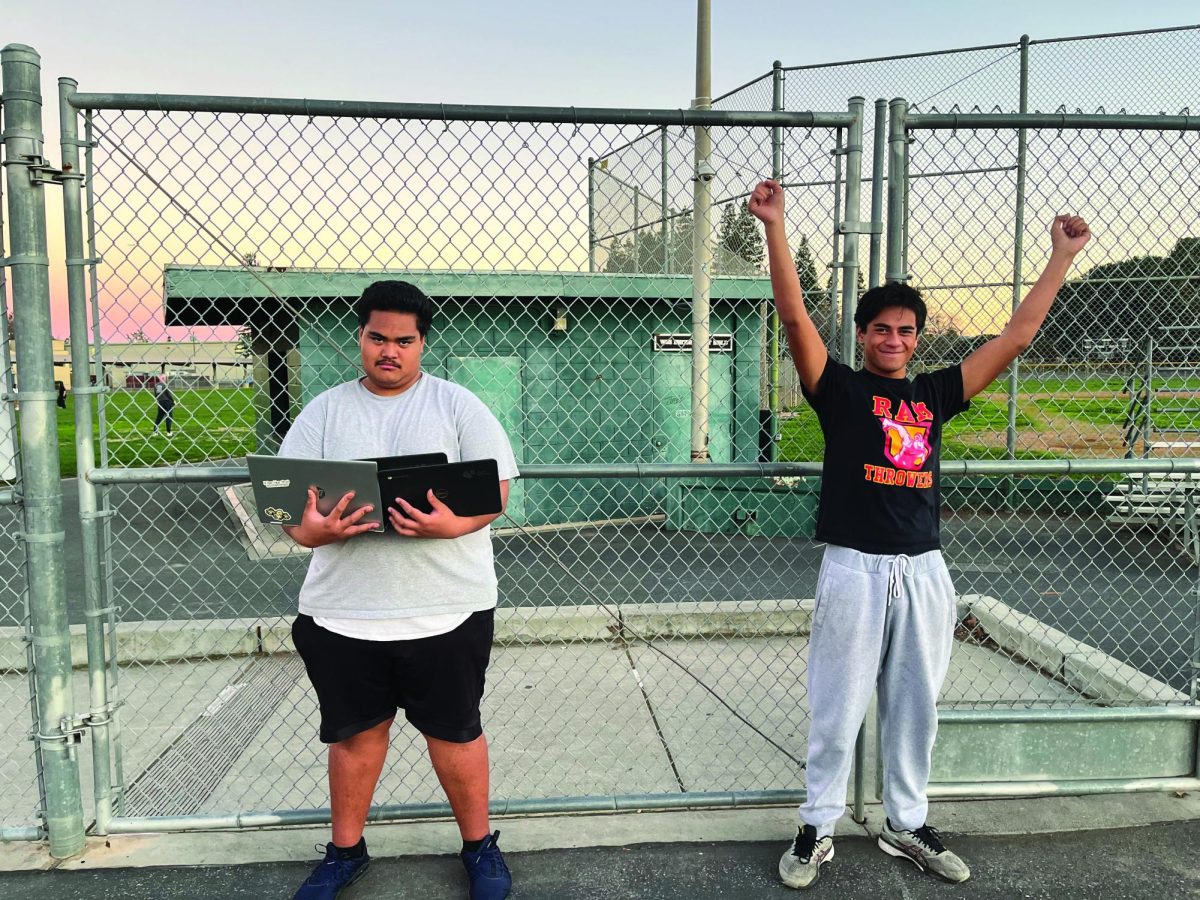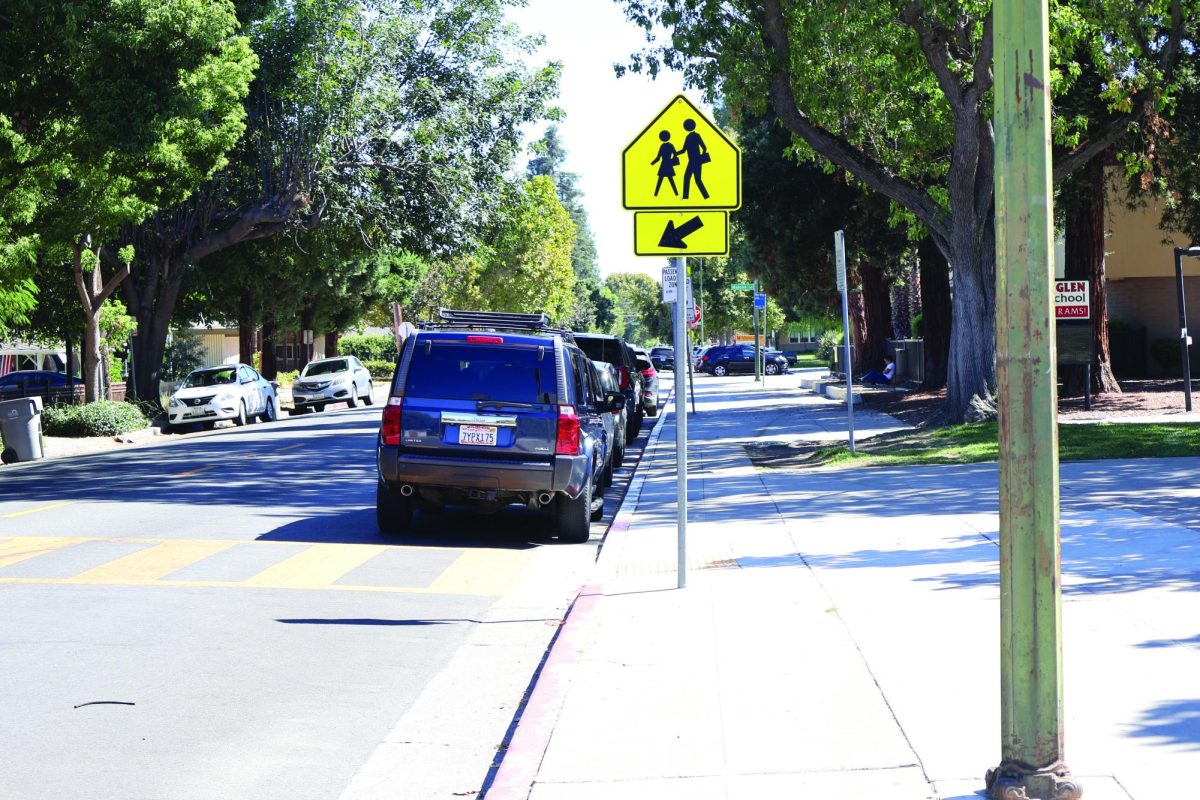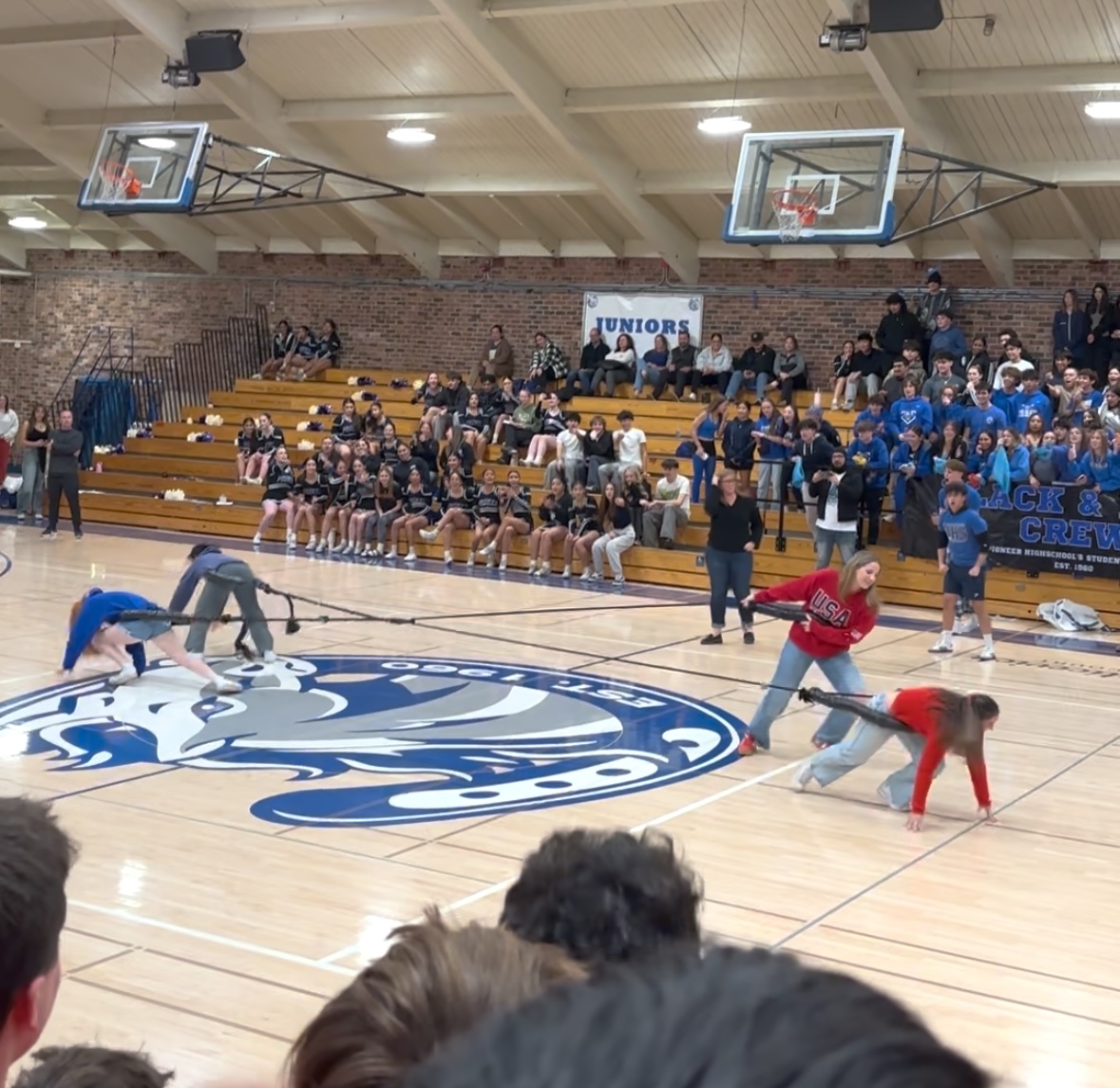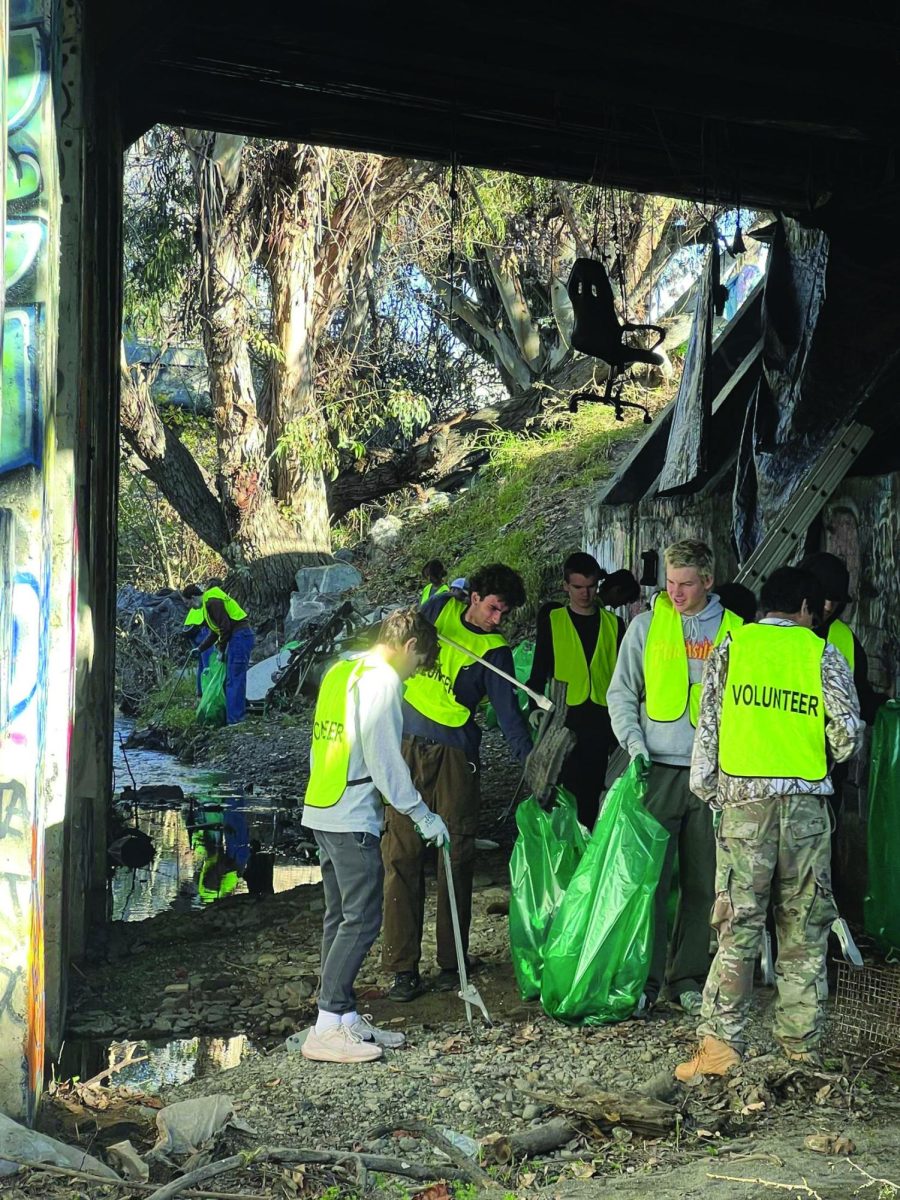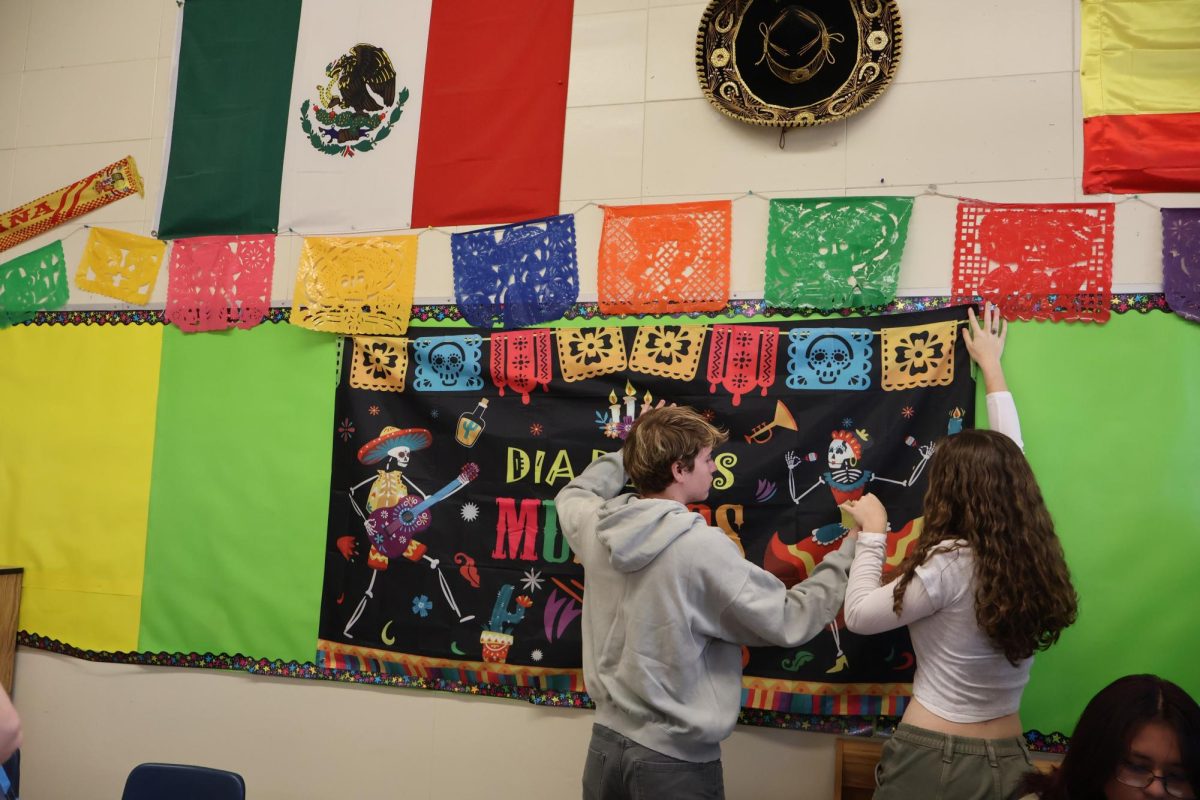Around 82 years ago, Japanese Internment Camps were imposed across the United States, specifically in California, and Yoshiko Nakahiro Kanazawa experienced them first hand. For the past few years Mrs. Kanazawa has talked about her time in the camp in Gila River, while visiting Mr. Meister’s freshman Ethnic Studies classes. Throughout the presentation, she talked about the emotional toll of having to leave her whole life behind as she was expelled to the internment camps, and how this experience shaped her life even after being released.
In the 1940’s while World War II was well underway, the Japanese, part of the Axis Powers (Germany, Italy, Japan, and others), wanted control over the Pacific to gain more advantage over the Allied Powers (United States, Great Britain, France, Russia, China, and 45 others). In order to achieve this they planned and launched a surprise attack on the United States’ naval fleet in Pearl Harbor, Hawaii. On December 7th, 1941, the attack damaged 19 U.S. naval ships and killed over 2,300 Americans, leaving another 1,000 injured. In response, the U.S. declared war on Japan and shortly after in 1942, started sending hundreds of thousands of Japanese American citizens to internment camps in desolate locations throughout the United States.
In Gila River, the internment camp Mrs. Kanazawa lived in, residents faced numerous hardships. For instance, people were only allowed to bring two suitcases, had very tight living quarters, and the whole camp had to use communal bathrooms. The camps were also described as extremely hot and dusty. To pass the time in camps, kids played games such as kick the can, capture the flag, and hopscotch. Some men also built baseball diamonds to host games for the residents to spectate or participate in. Mrs. Kanazawa emphasized that playing sports games outside was important to the kids living there because it gave them a sense of normality and unity.
Even with those activities, life in the camp was undesirable, especially for a young girl like Mrs. Kanazawa. Whenever she complained to her father about living in the camp, he often said things like “shikata ga nai,” which means “it can’t be helped, make the best of it”, “gambare,” which means “hang in there”, and “gaman,” meaning “persevere with patience and dignity.” These comforting words made the time at camp more bearable for Mrs. Kanazawa.
Though all of the internment camps were closed by 1945, it didn’t mean life went back to normal. Some of the Japanese citizens who were living in the camps were not welcomed back by others after liberation. Furthermore, racism and discrimination followed Mrs. Kanazawa and Japanese citizens for years to come.
Mrs. Kanazawa along with others who were put into the internment camps received the Congressional Gold Medal for persevering through the difficulties of being placed into the internment camps. Also, the Civil Liberties Law of 1988 gave any Japanese citizen who had lived in the camps reparations as well as a formal letter of apology. Many people, including Mrs. Kanazawa felt that the apology meant more than any money they had received.
Nowadays, Mrs. Kanazawa gives tours at the Japanese museum of San Jose. She hopes that by telling her story she can help spread awareness about the injustices her and others faced and help prevent history from repeating itself.
